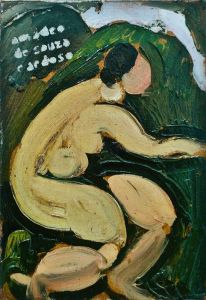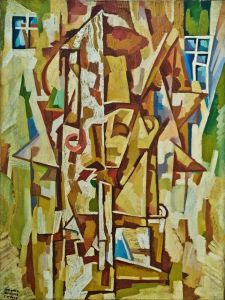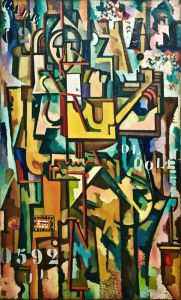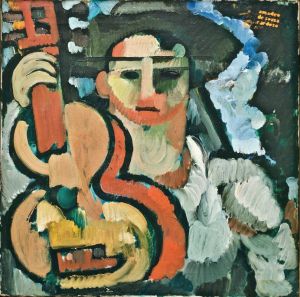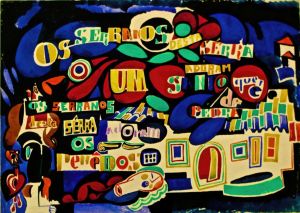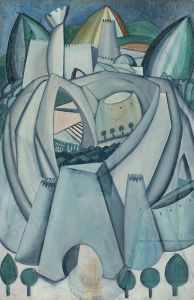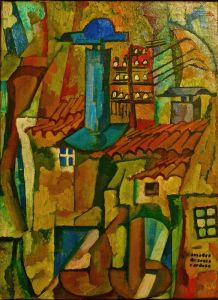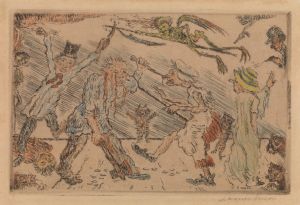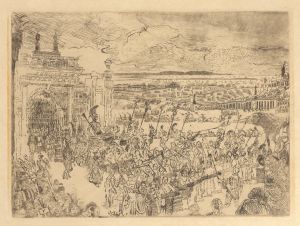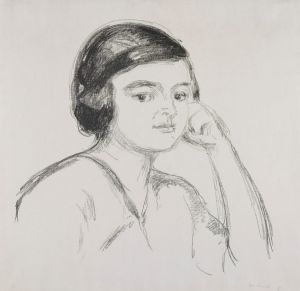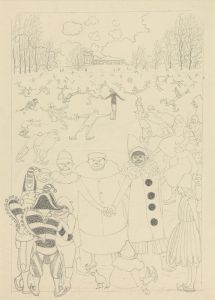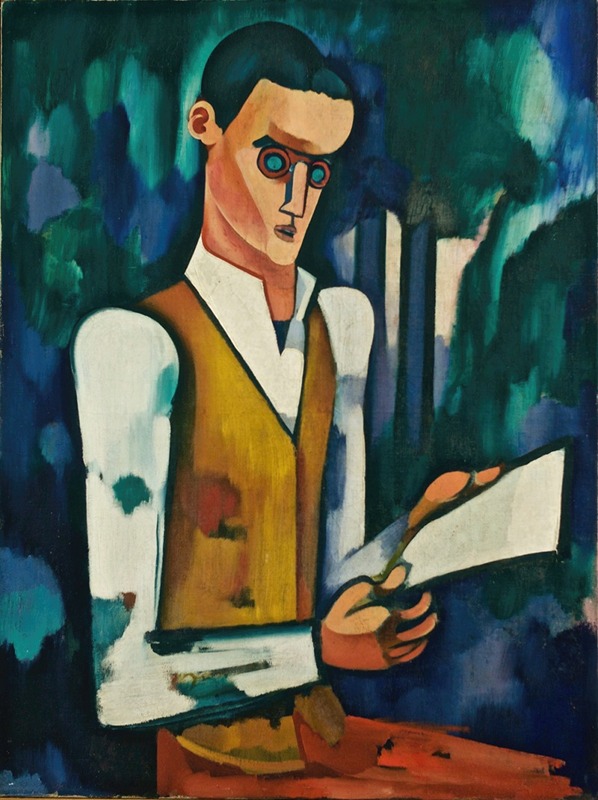
Steel Mask
A hand-painted replica of Amadeo de Souza-Cardoso’s masterpiece Steel Mask, meticulously crafted by professional artists to capture the true essence of the original. Each piece is created with museum-quality canvas and rare mineral pigments, carefully painted by experienced artists with delicate brushstrokes and rich, layered colors to perfectly recreate the texture of the original artwork. Unlike machine-printed reproductions, this hand-painted version brings the painting to life, infused with the artist’s emotions and skill in every stroke. Whether for personal collection or home decoration, it instantly elevates the artistic atmosphere of any space.
Amadeo de Souza-Cardoso was a Portuguese painter who played a significant role in the early 20th-century modernist movement. Born on November 14, 1887, in Manhufe, Amarante, Portugal, Souza-Cardoso's work is characterized by its vibrant use of color, dynamic compositions, and incorporation of various avant-garde styles, including Cubism, Futurism, and Expressionism.
One of his notable works is "Steel Mask," a painting that exemplifies his innovative approach to art. Created in 1917, "Steel Mask" reflects Souza-Cardoso's interest in the interplay between abstraction and figuration. The painting features a complex arrangement of geometric shapes and fragmented forms, which come together to suggest the outline of a mask. The use of metallic tones and sharp lines evokes the industrial age, hinting at the influence of Futurism, which celebrated the energy and dynamism of modern technology.
"Steel Mask" is a testament to Souza-Cardoso's ability to synthesize different artistic movements into a cohesive and original style. His work often defied easy categorization, as he drew inspiration from a wide range of sources, including traditional Portuguese art, African sculpture, and contemporary European avant-garde movements. This eclecticism is evident in "Steel Mask," where the mask motif can be seen as a nod to both African art and the mechanized forms of Cubism and Futurism.
Despite his relatively short career, Souza-Cardoso left a lasting impact on the art world. He studied architecture in Lisbon before moving to Paris in 1906, where he immersed himself in the vibrant artistic community. In Paris, he befriended several prominent artists, including Amedeo Modigliani, Constantin Brâncuși, and Juan Gris, who influenced his work. Souza-Cardoso exhibited alongside these artists in various salons and exhibitions, gaining recognition for his unique artistic vision.
Tragically, Souza-Cardoso's career was cut short when he died of the Spanish flu in 1918 at the age of 30. Despite his untimely death, his work continued to be celebrated and studied, particularly in Portugal, where he is regarded as one of the country's most important modernist painters. "Steel Mask" remains a significant piece within his oeuvre, showcasing his innovative approach to form and composition.
Today, Souza-Cardoso's work is held in high esteem, with pieces featured in major museums and collections around the world. His contributions to modern art are recognized for their bold experimentation and synthesis of diverse influences, making him a key figure in the history of early 20th-century art. "Steel Mask" stands as a powerful example of his artistic legacy, reflecting both the spirit of its time and the enduring creativity of its creator.





